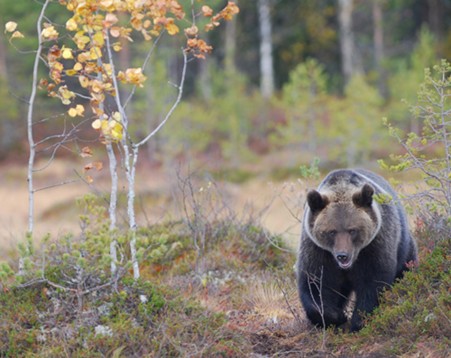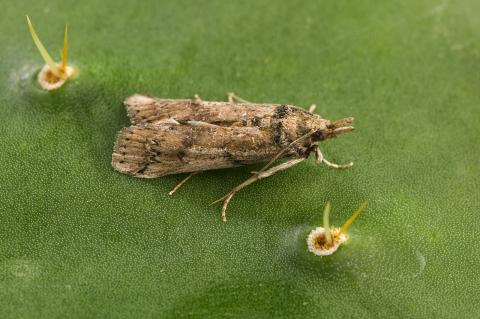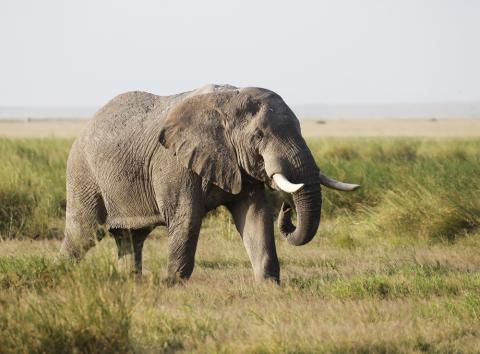A macro study examines how other species and climate change influence the geographical distribution of brown bears
An international research project involving Spanish participation has analysed the distribution of brown bears in Europe and Turkey. To do this, the team studied more than three million locations belonging to some 3,000 bears, with data from 14 European and Turkish subpopulations in very different environments. The main conclusion is that bears occupy areas where the species that form part of their diet are distributed. The study, published in Global Change Biology, shows that the influence of climate change on these species also has an impact on the distribution of bears.

Pedro Álvarez Álvarez - oso pardo EN
Pedro Álvarez Álvarez
Professor in the Department of Organism and Systems Biology in the field of Agroforestry Engineering at the University of Oviedo.
The research carried out in this study is, in my opinion, rigorous and relevant, both because of the breadth of international collaboration and the methodological approach used. The authors address one of the common limitations in species distribution modelling: the limited consideration of large-scale biotic interactions.
By integrating a food web based on 276 species present in the brown bear's diet and spatially modelling their energy contribution, the study provides a more accurate picture of the combined influence of biotic and abiotic factors on the current and future distribution of the species in Europe. This approach is in line with recent scientific literature, which highlights the need to incorporate ecological interactions to improve the accuracy of projections in contexts of global change.
Conflict of interest: "I am co-author of publications with Fernando Ballesteros and José Vicente López-Bao [two of the authors of the study], and I am currently collaborating with José Vicente López-Bao".
Alejandra Zarzo-Arias - oso pardo EN
Alejandra Zarzo-Arias
Doctor in Ecology and postdoctoral researcher at the National Museum of Natural Sciences (CSIC) in Madrid
This research has developed an advanced model to predict how brown bear distribution in Europe will change in response to climate change and land use. What is novel about this work is that the ecological models include not only environmental factors such as climate, but also detailed data on the bear's diet and the energy it obtains from each type of food, depending on the region where it lives (i.e., biotic factors).
This more realistic approach has significantly improved predictions, which is crucial for a species in recovery that still faces many threats. The authors compiled a database of bear observations from across Europe, including historical information on their distribution and a detailed database on the food consumed by each subpopulation.
The study stands out for its technical quality, use of advanced statistical methods, and for providing valuable tools for the conservation of large carnivores. Although the results are solid, a further step would be to explore the impact of human activity and hunting in more depth to further enrich the analysis.
In summary, this research not only represents a step forward in ecology, improving the methods used to predict species distribution, but also provides key information for planning conservation and conflicts with brown bears in a changing context.
P.M. Lucas et al.
- Research article
- Peer reviewed
- Animals



